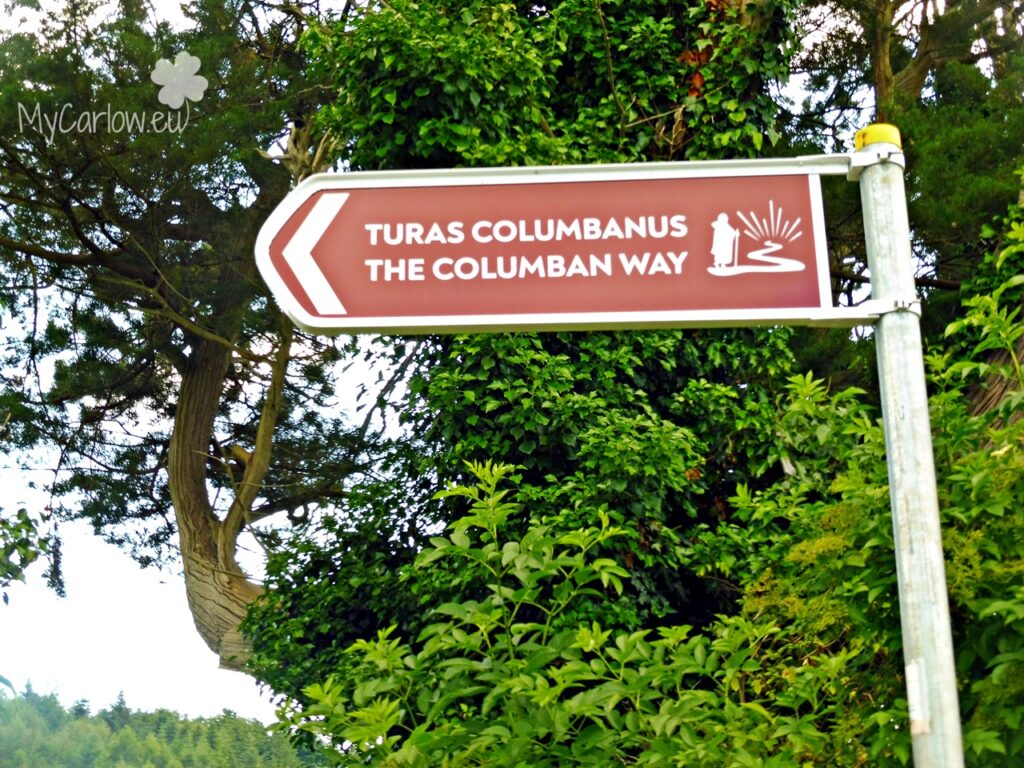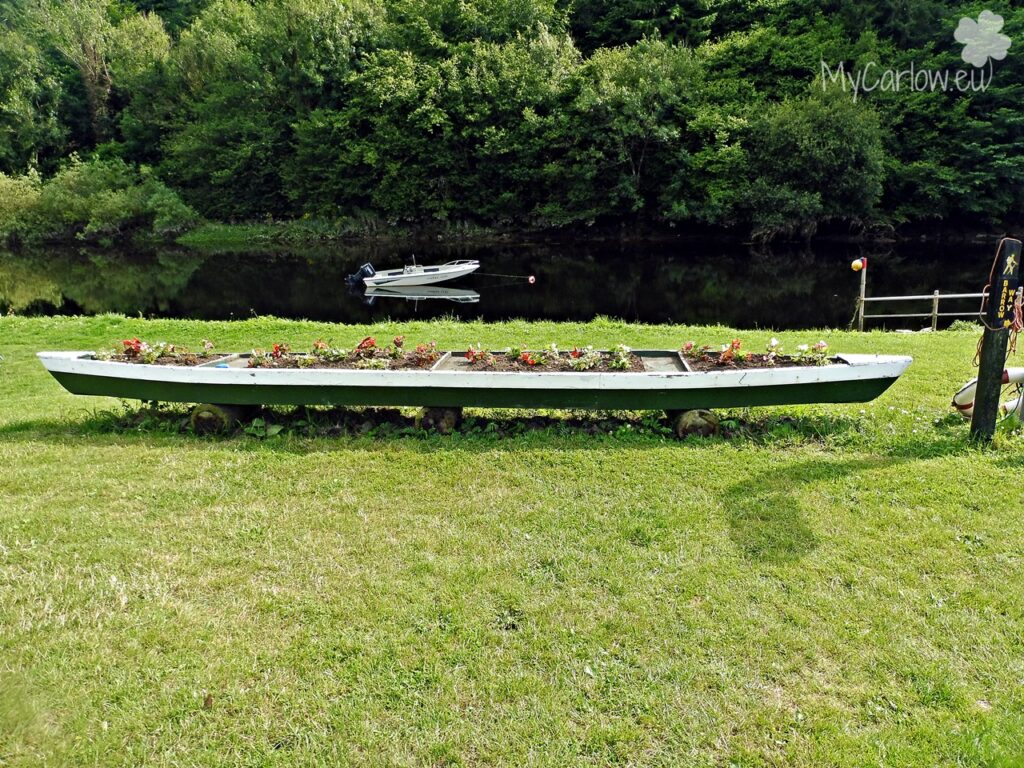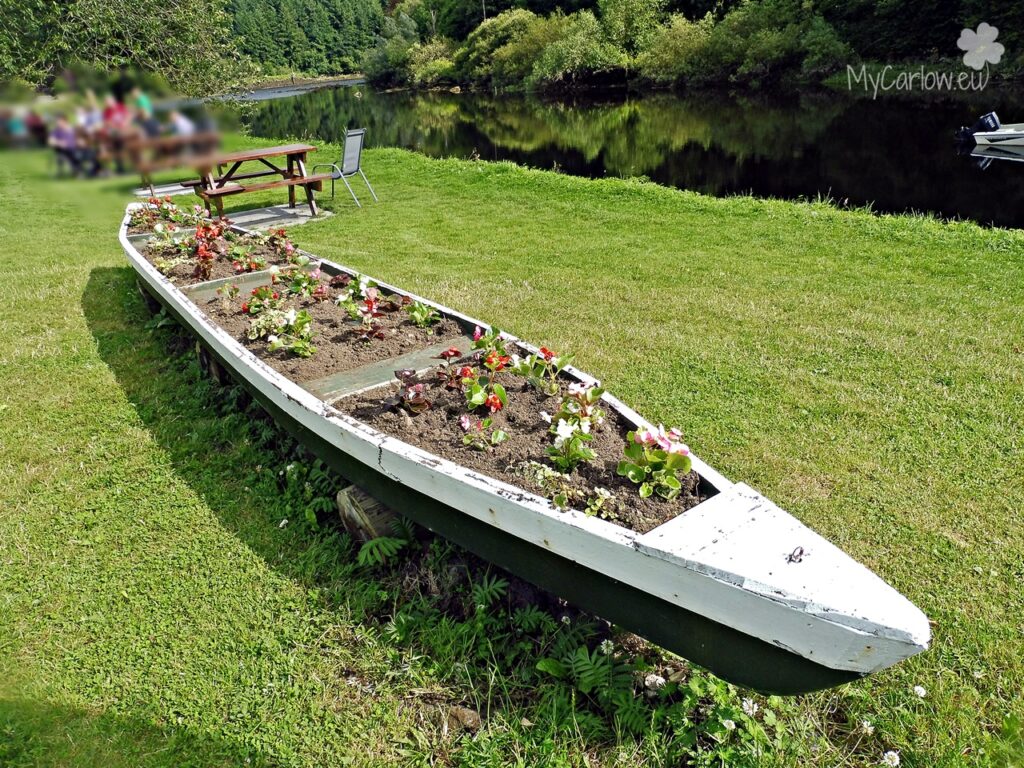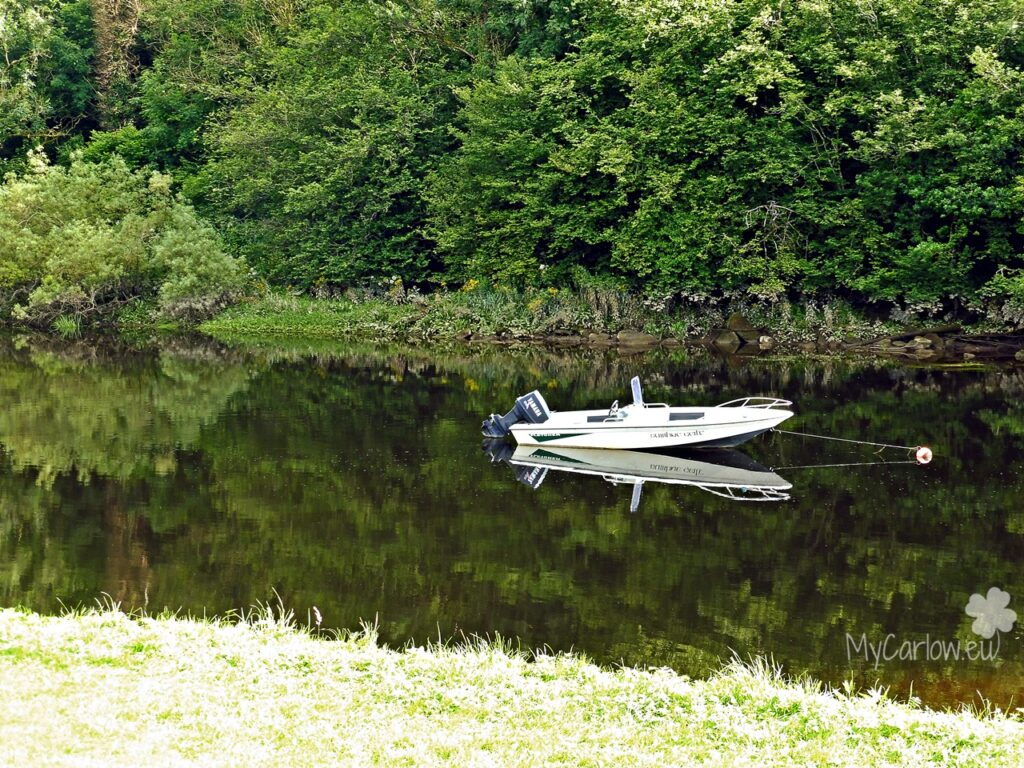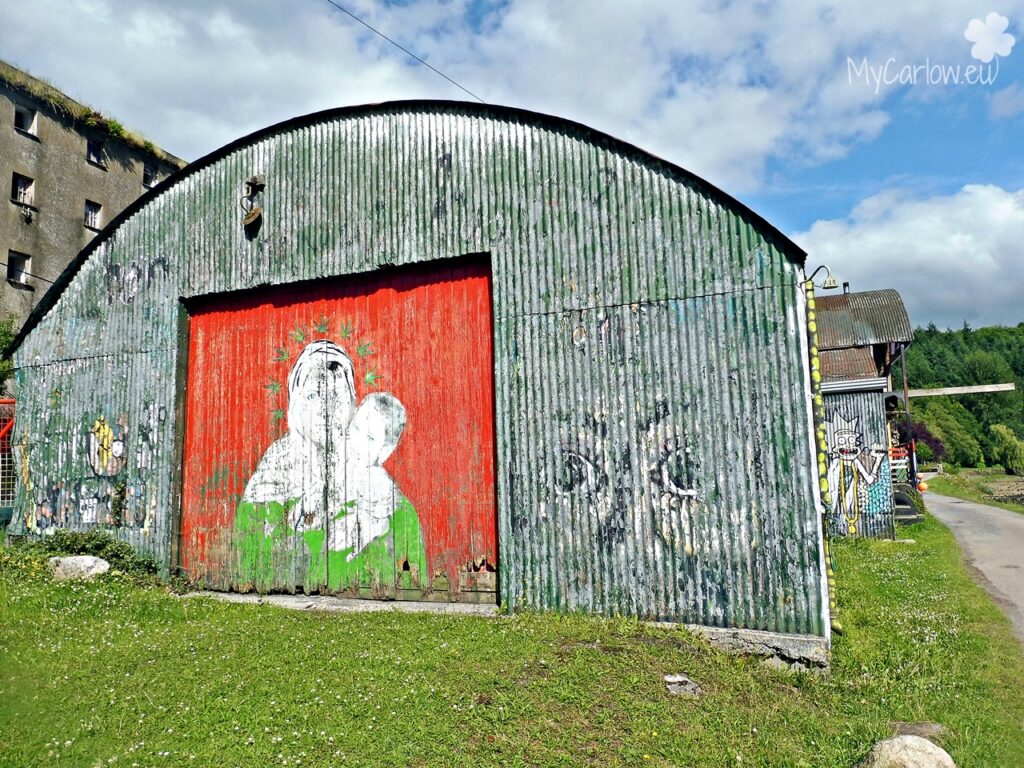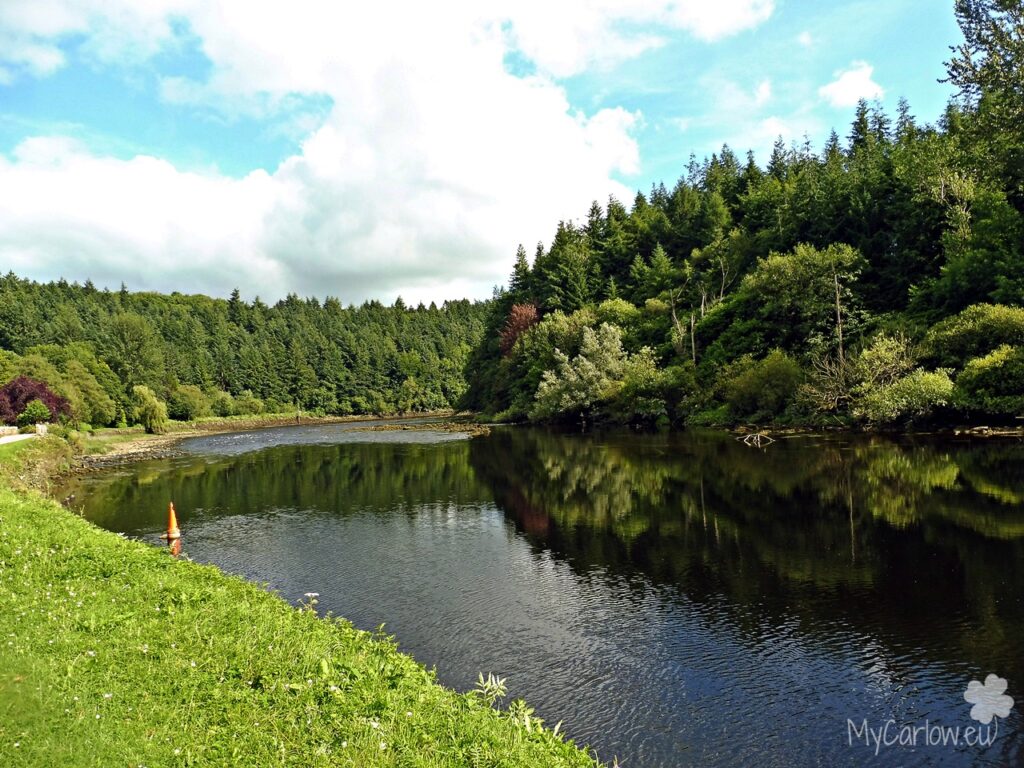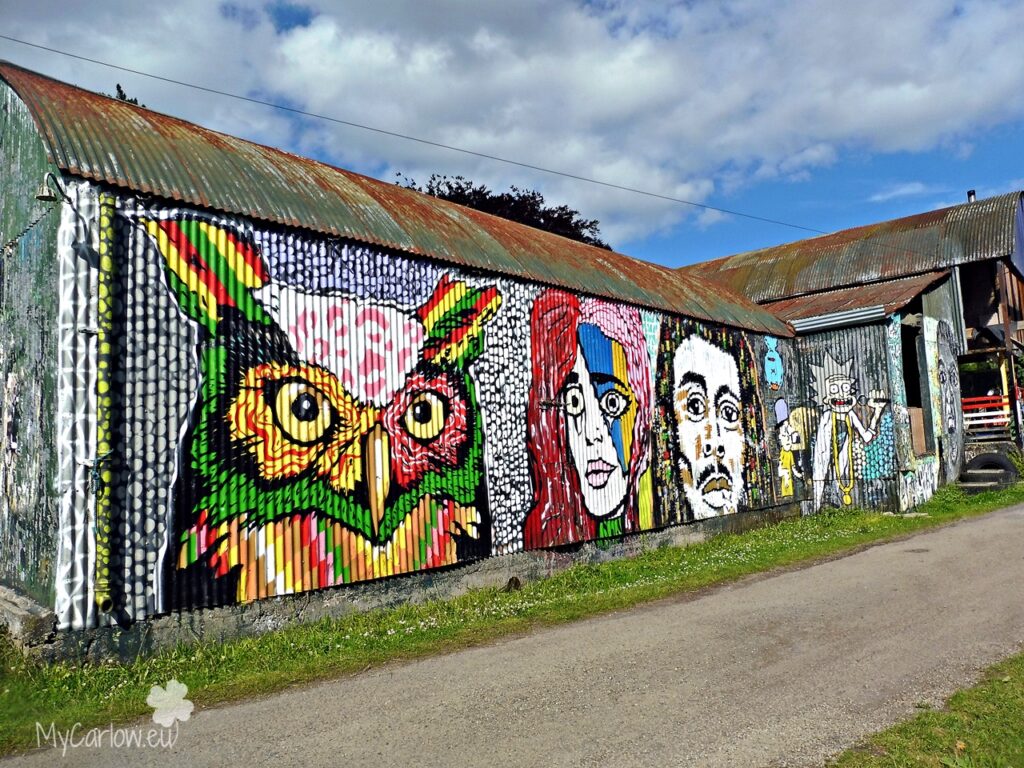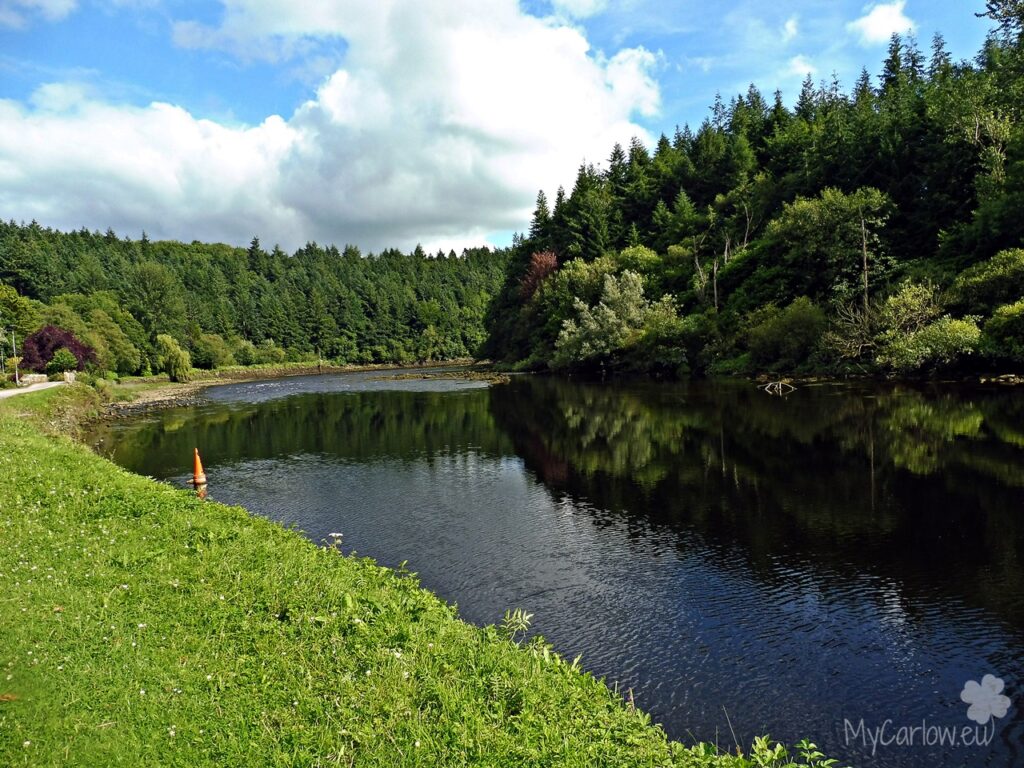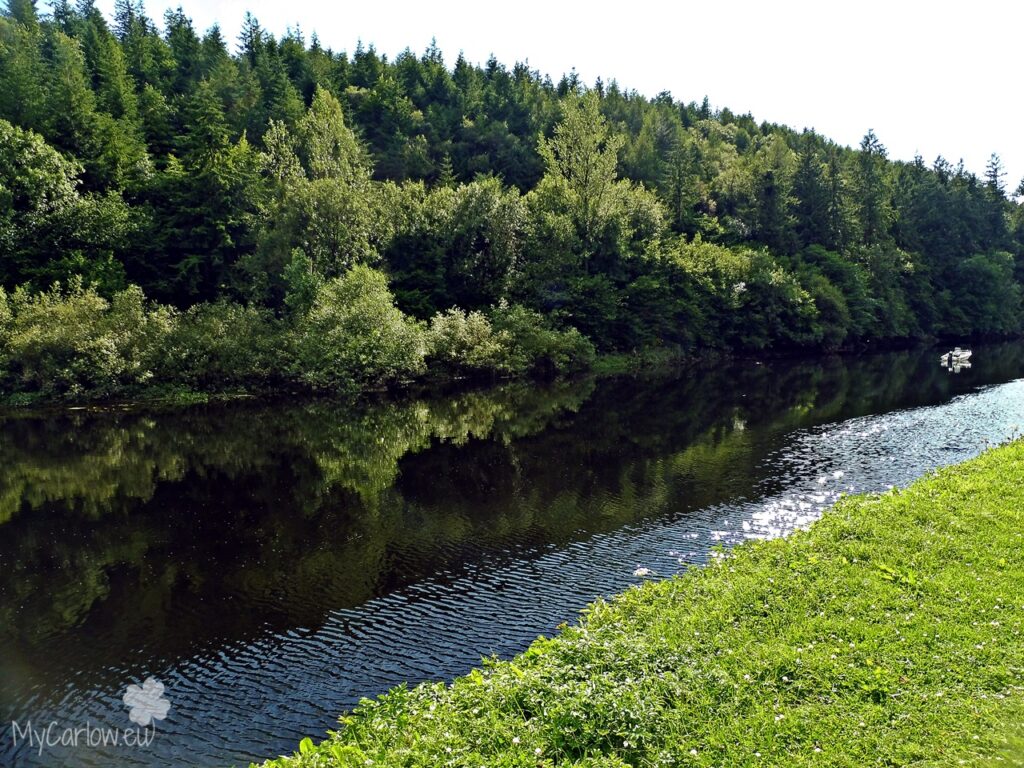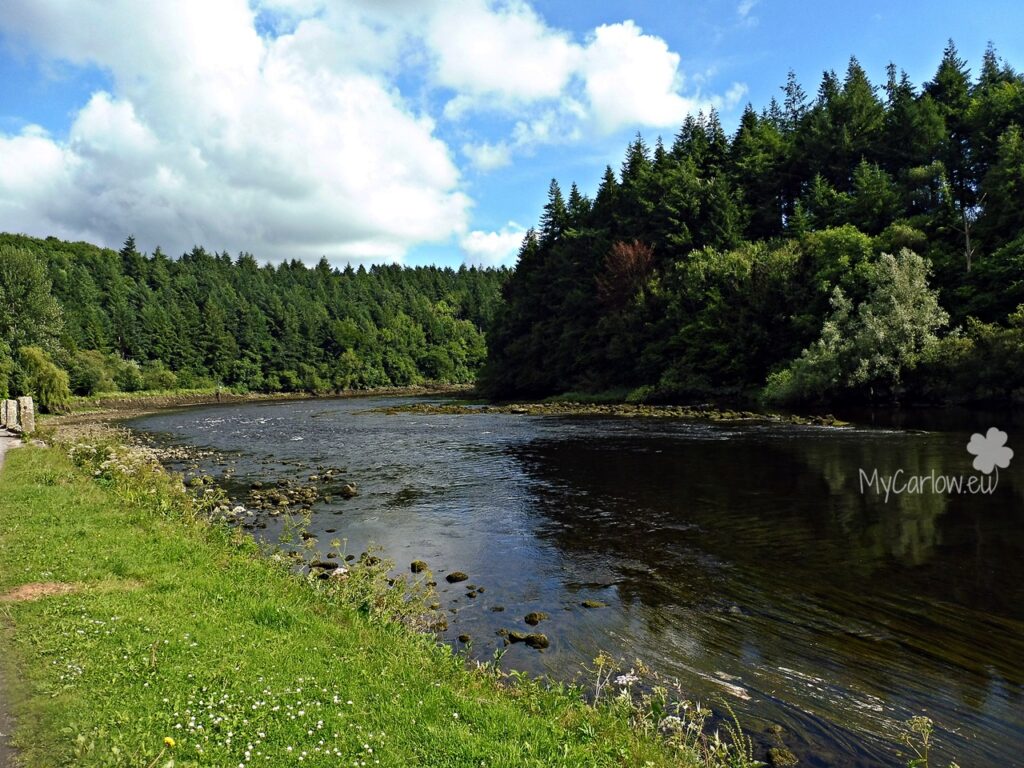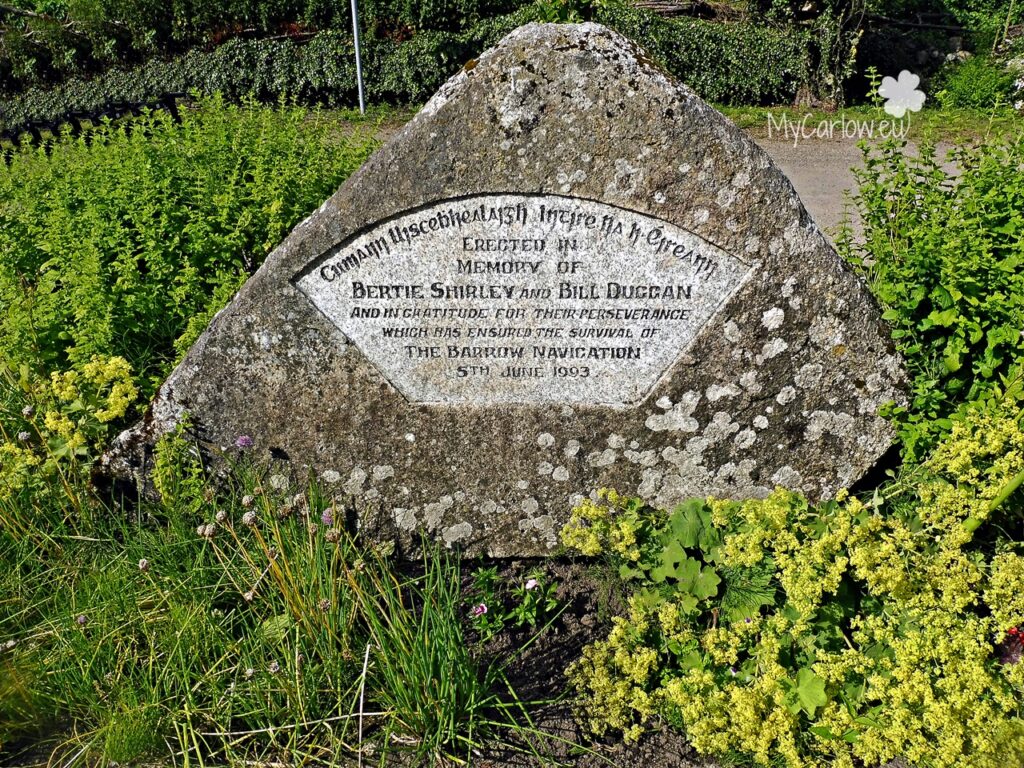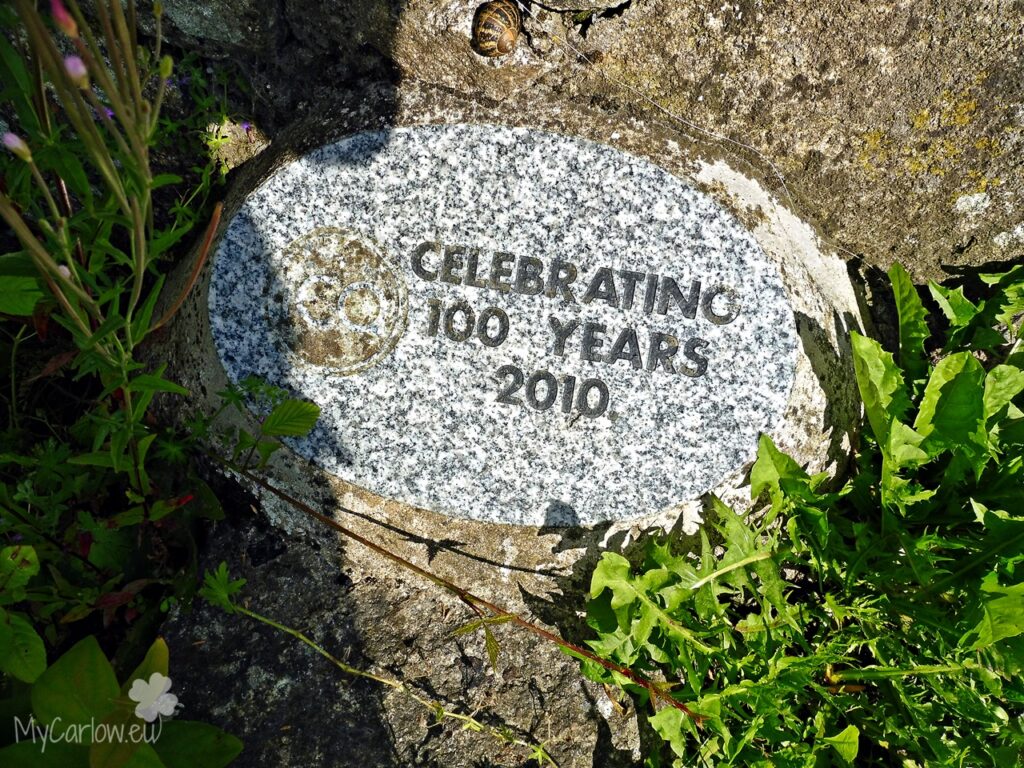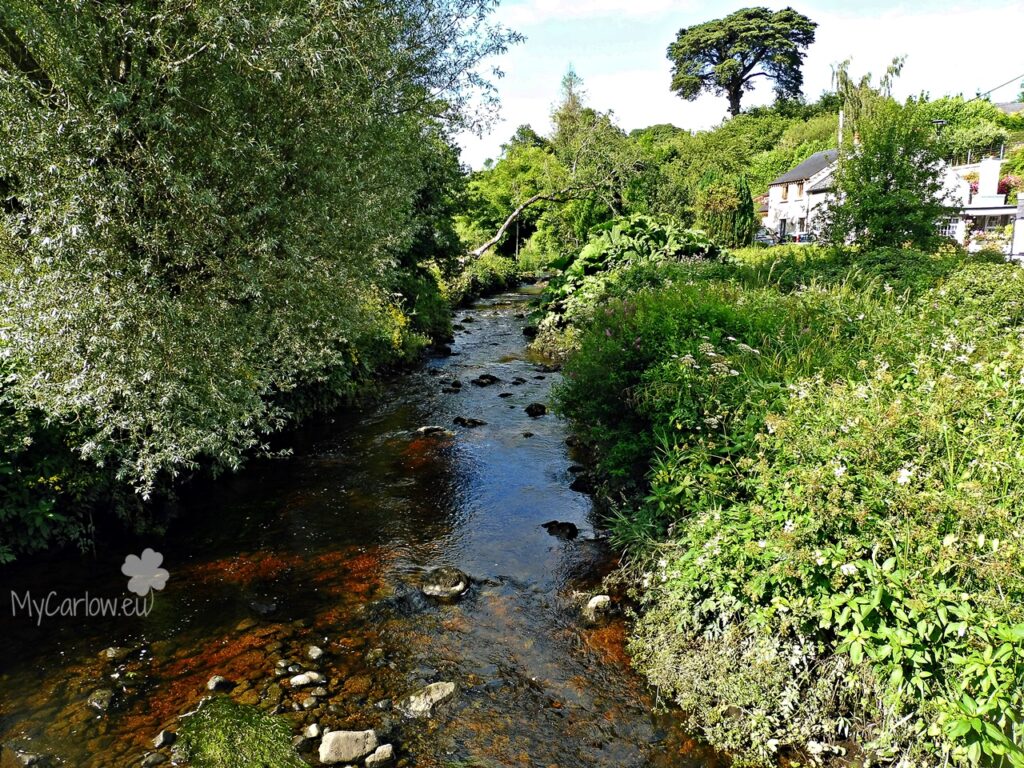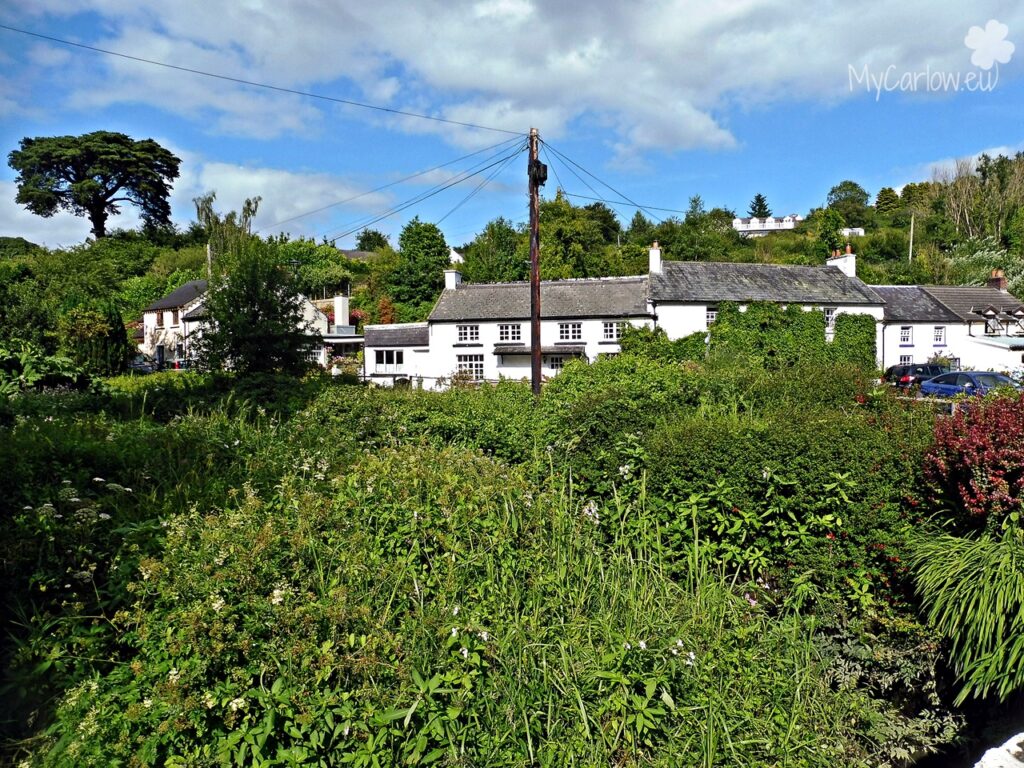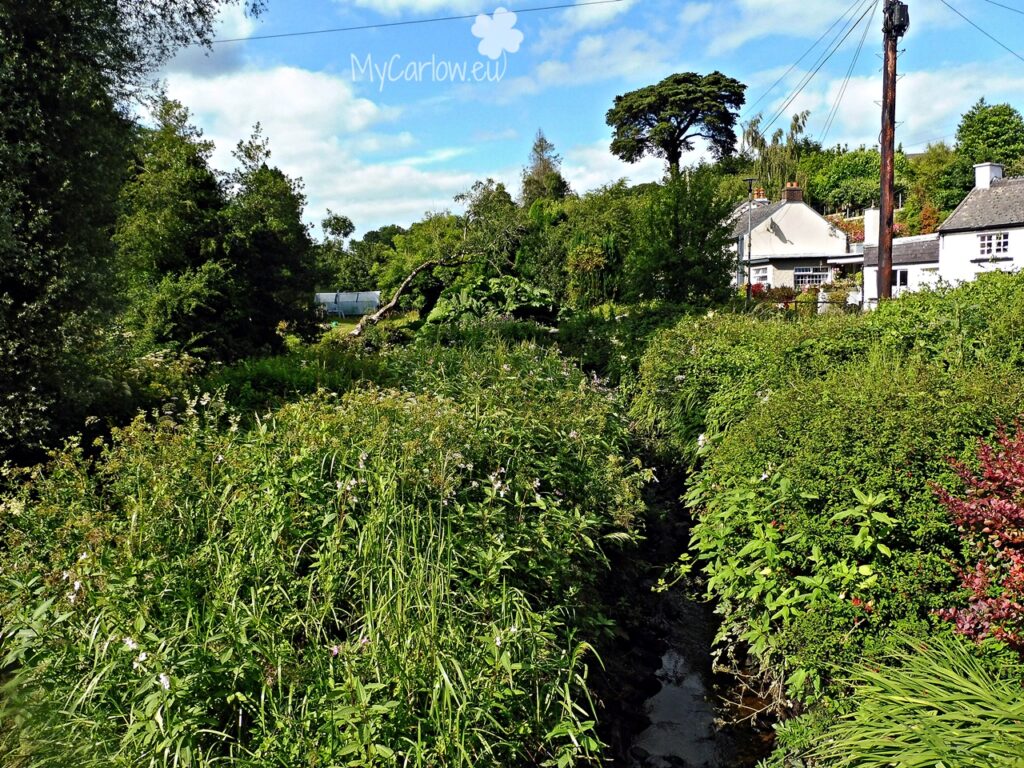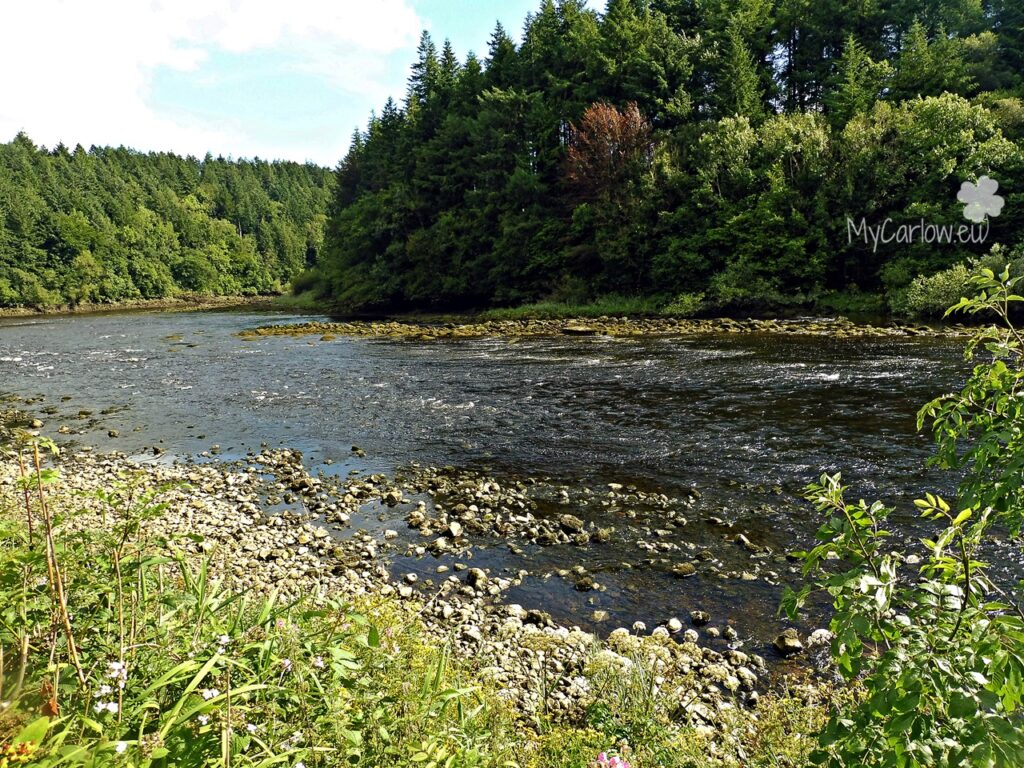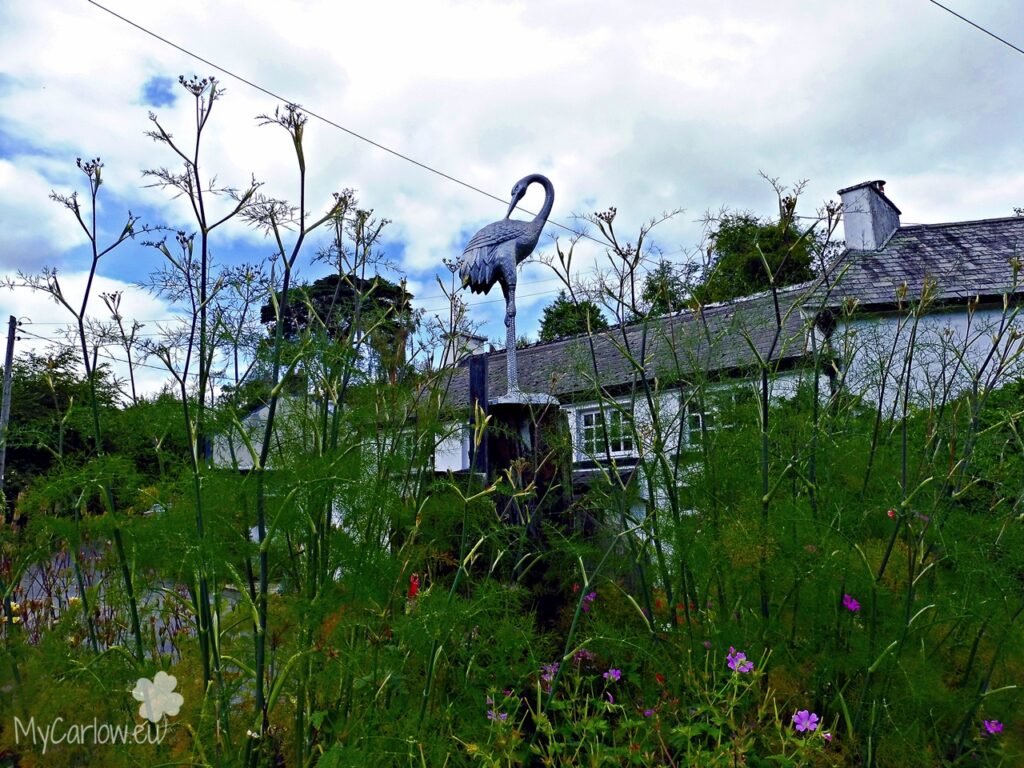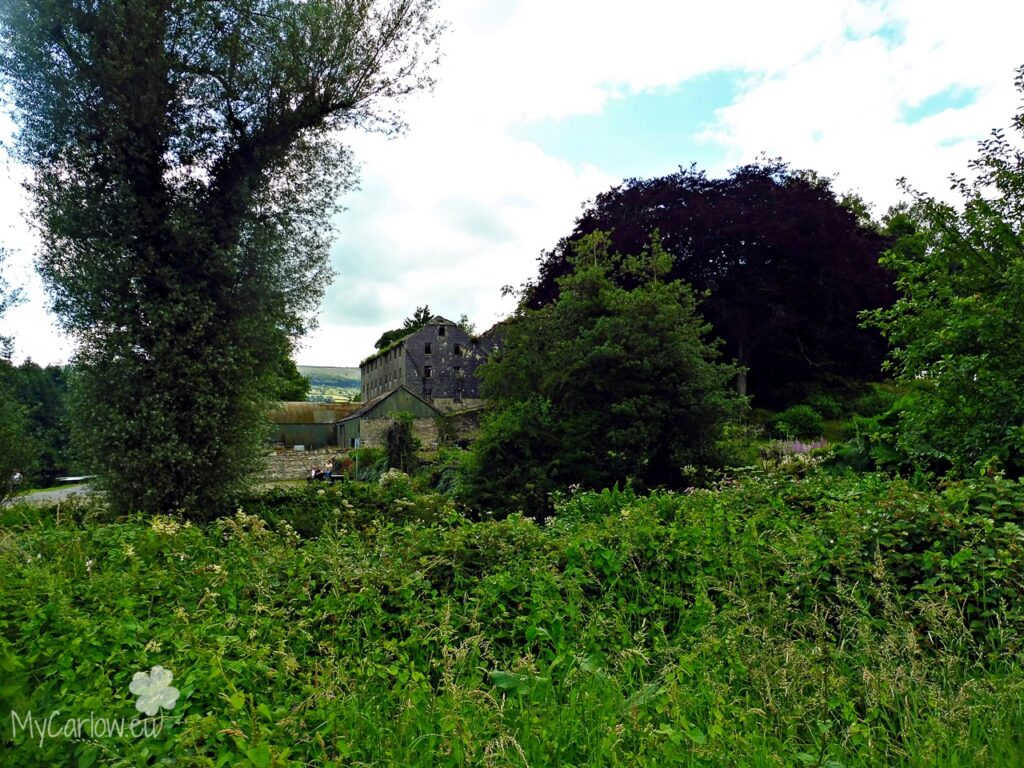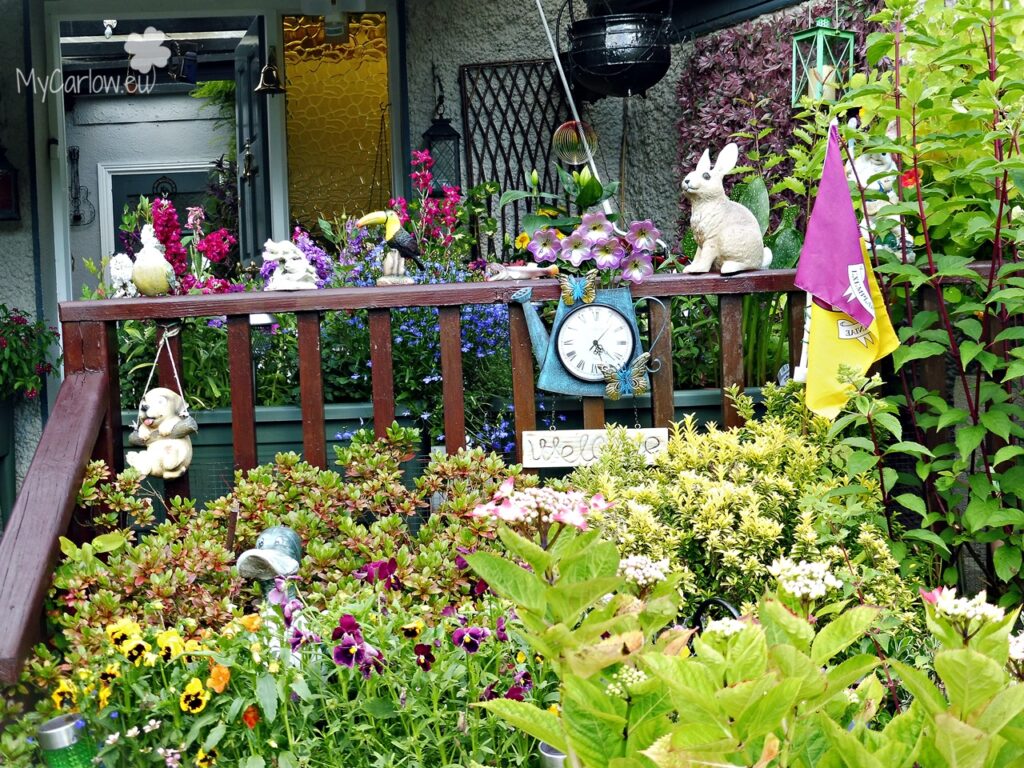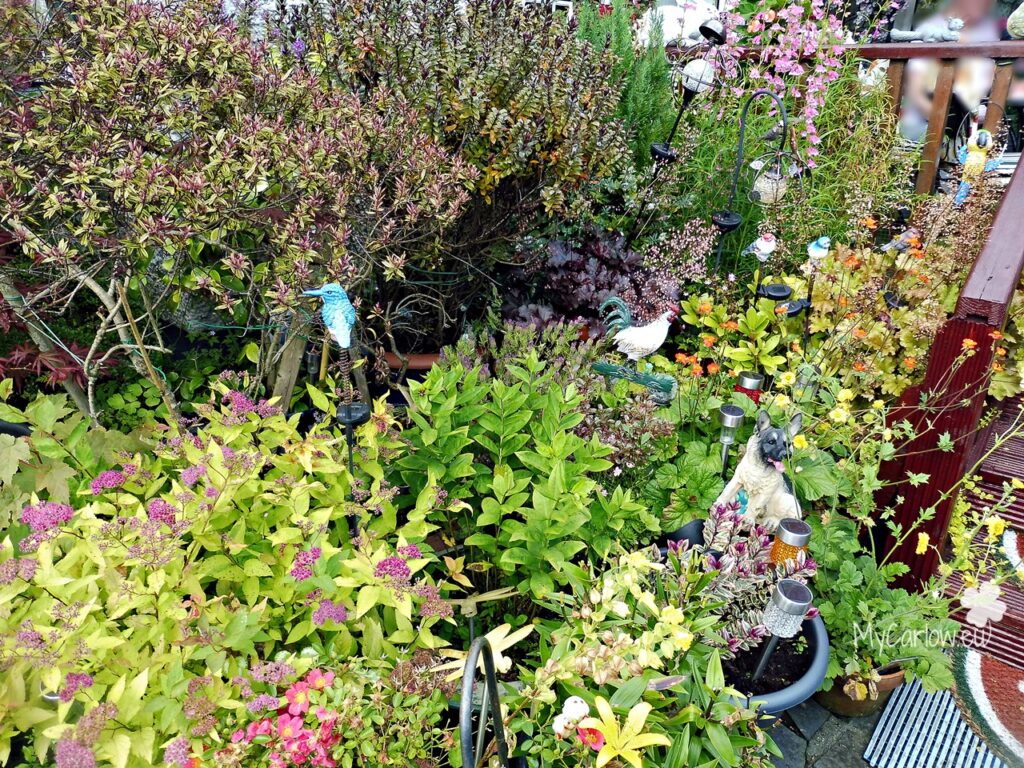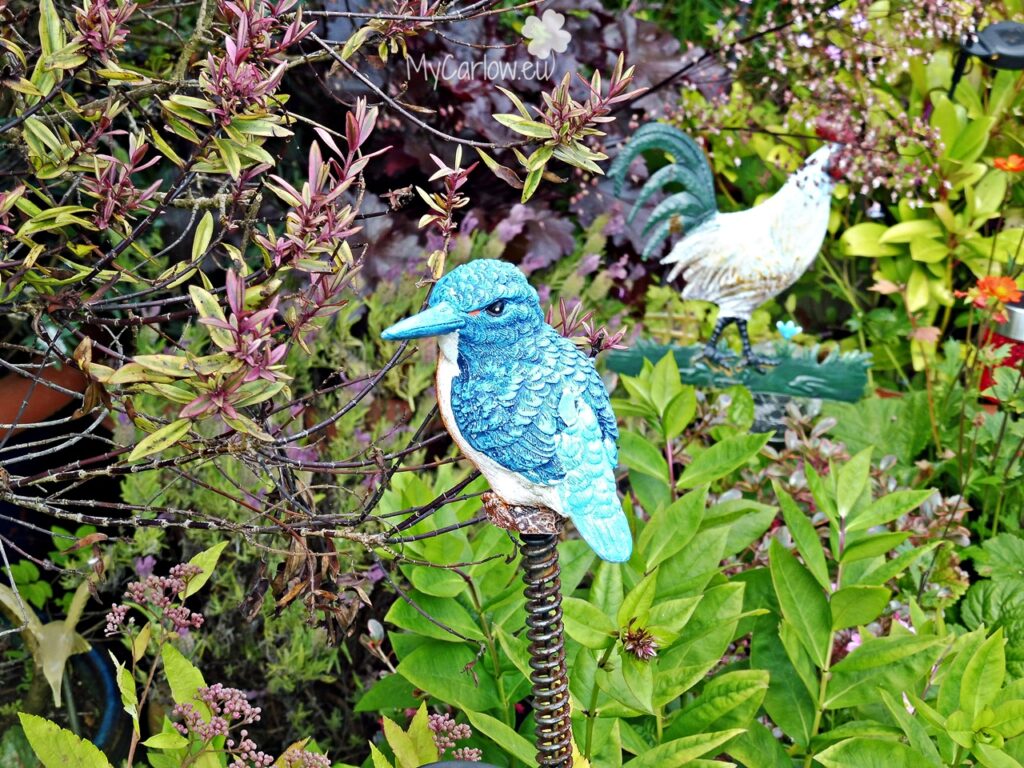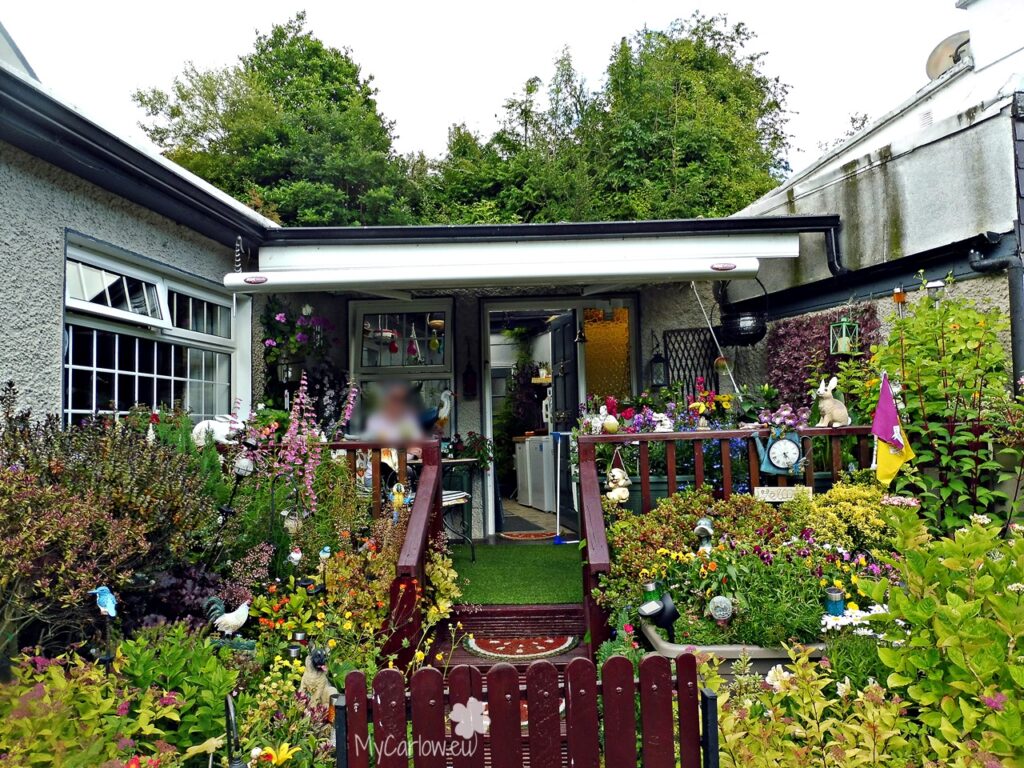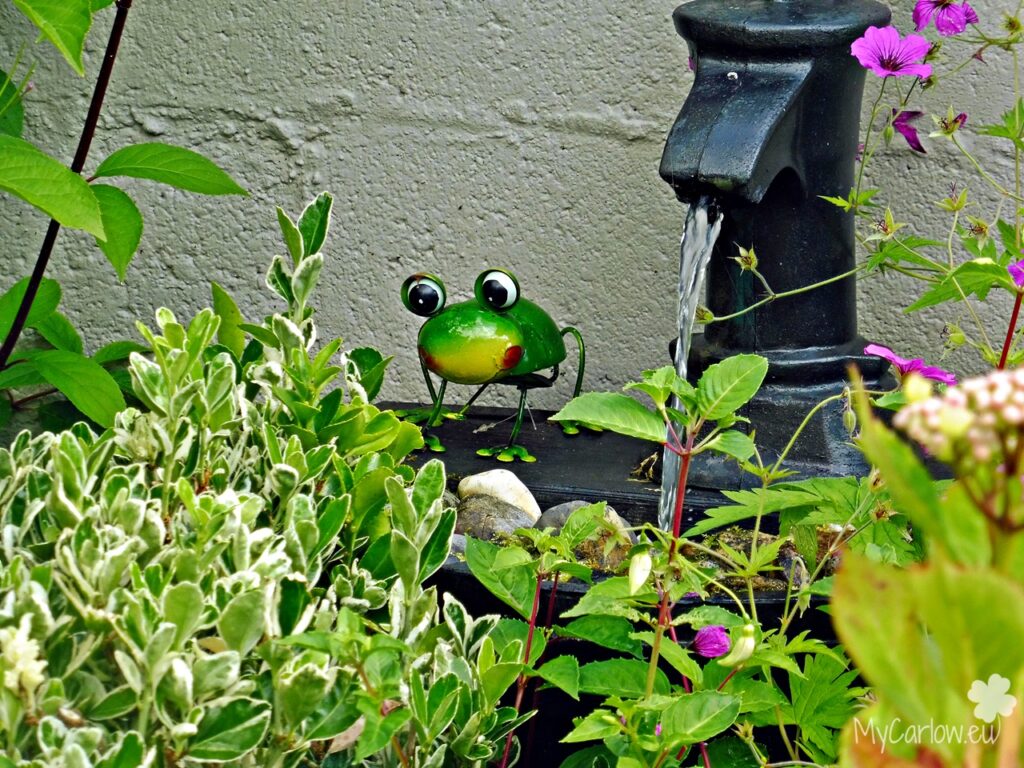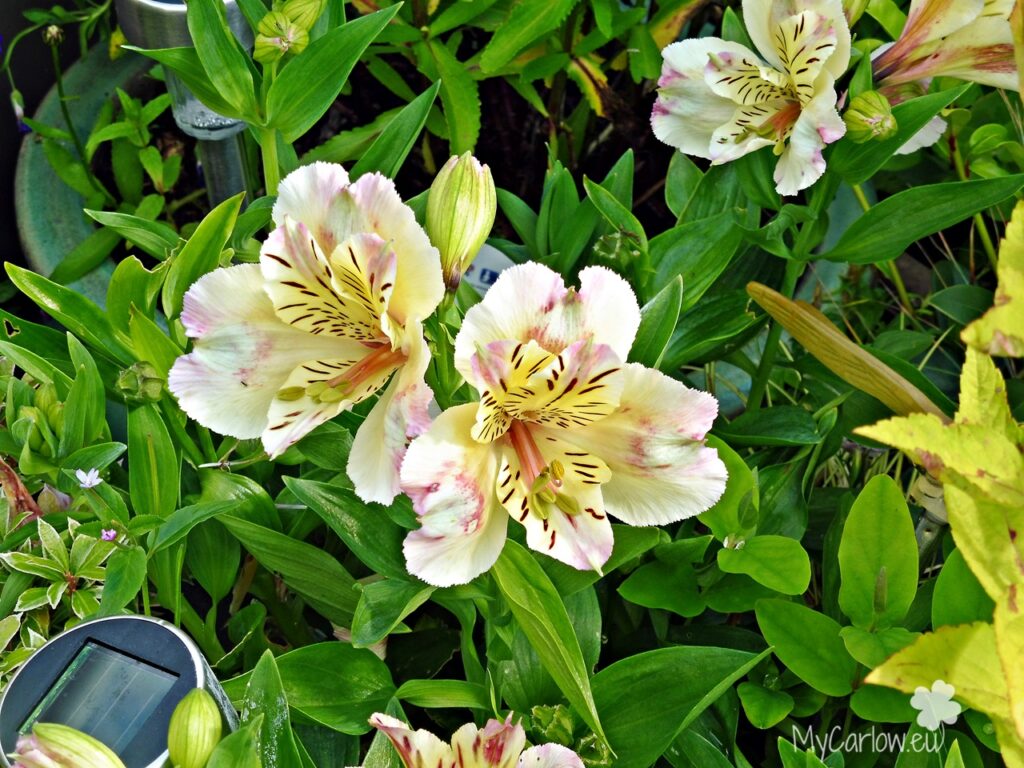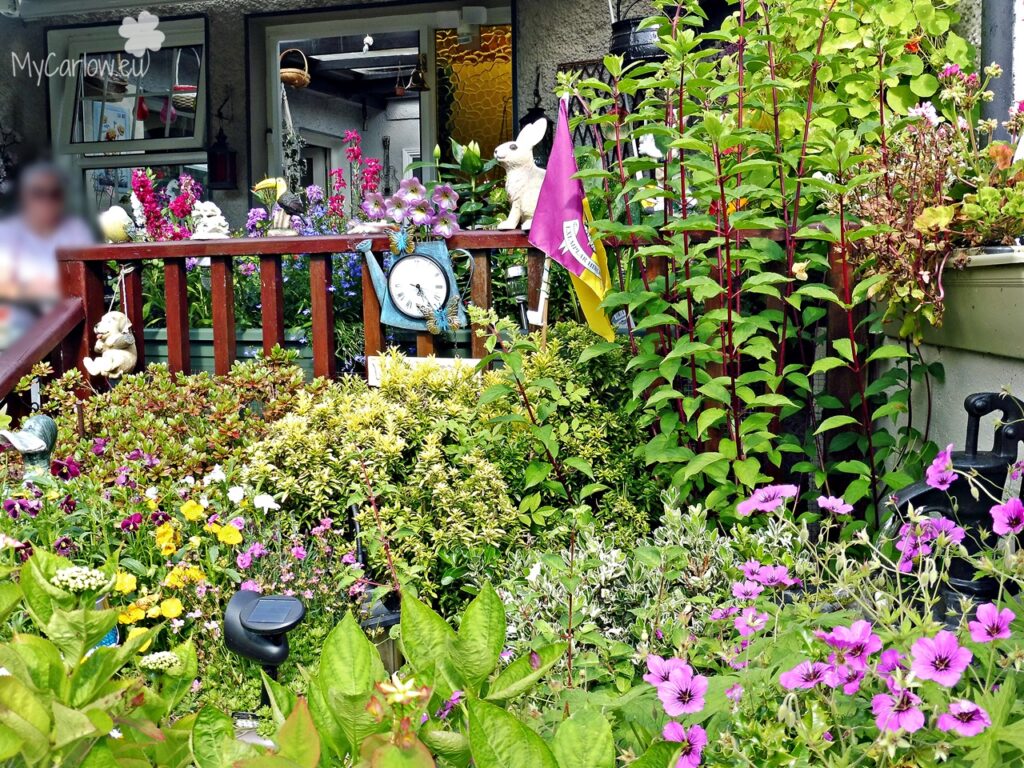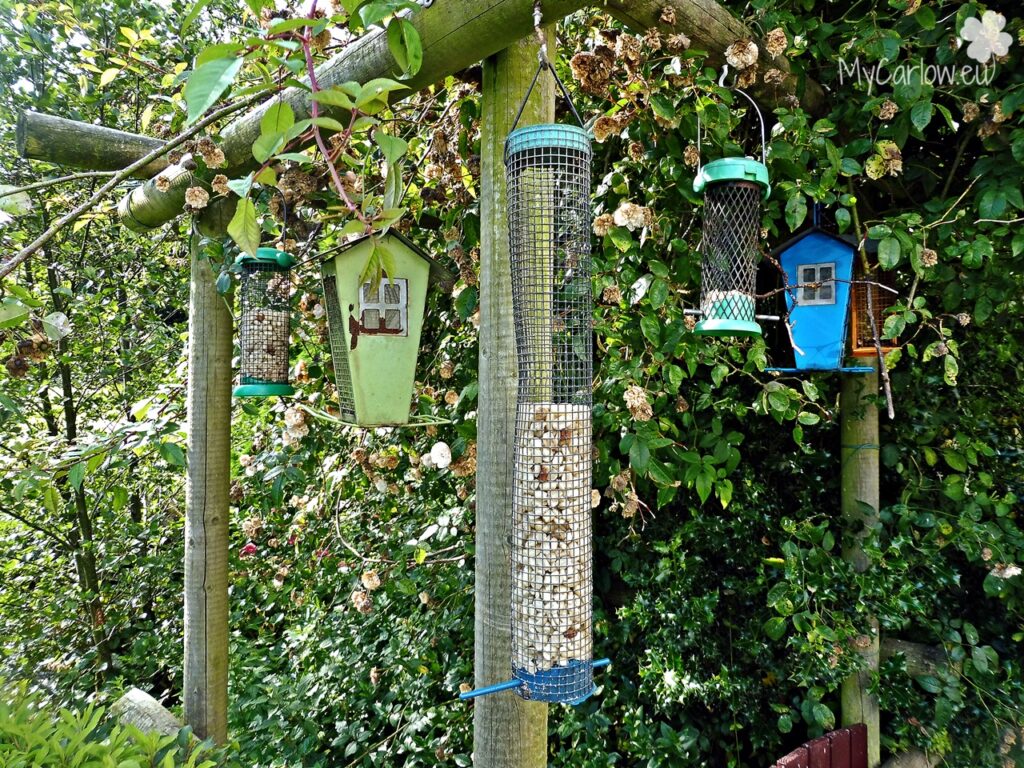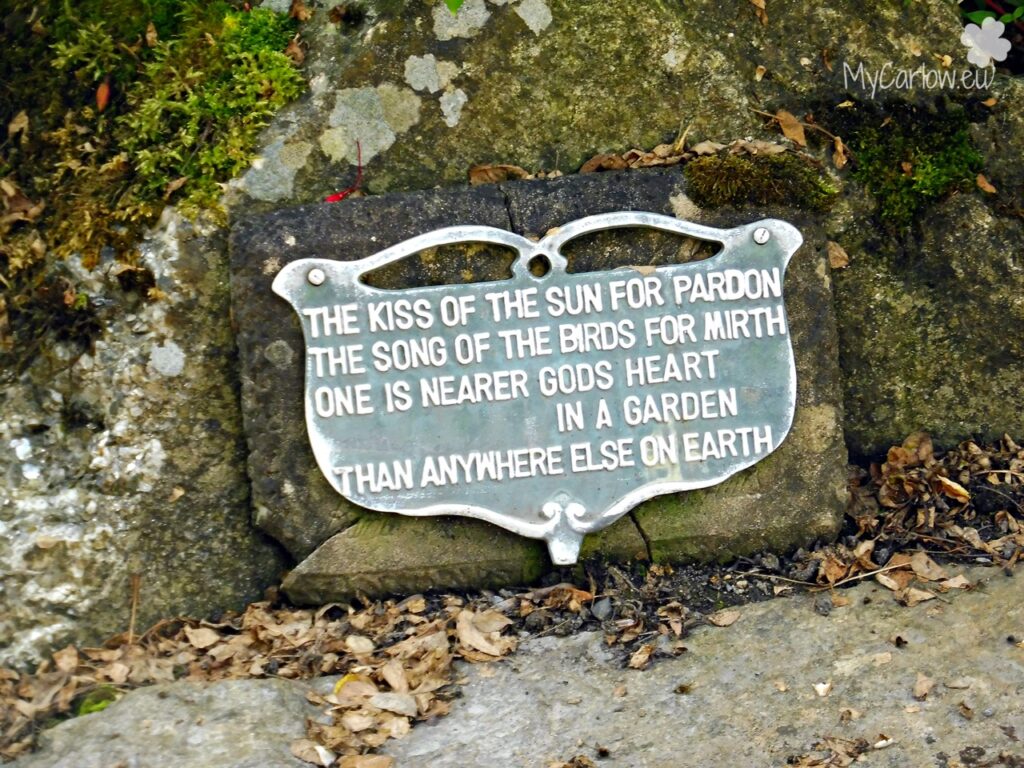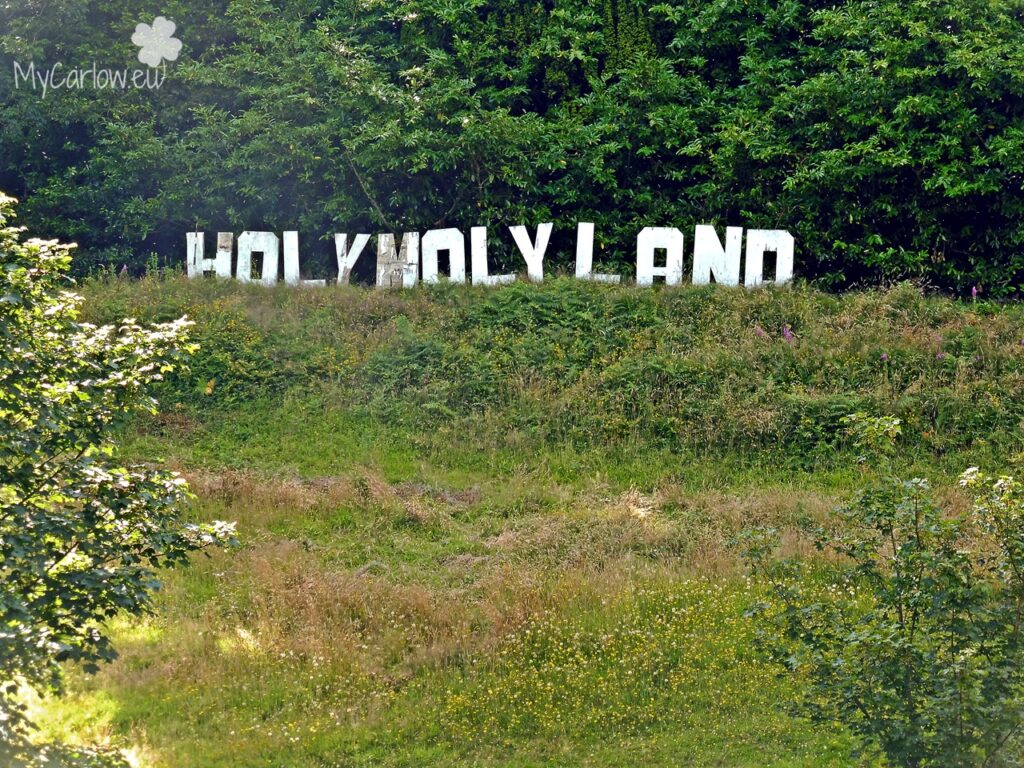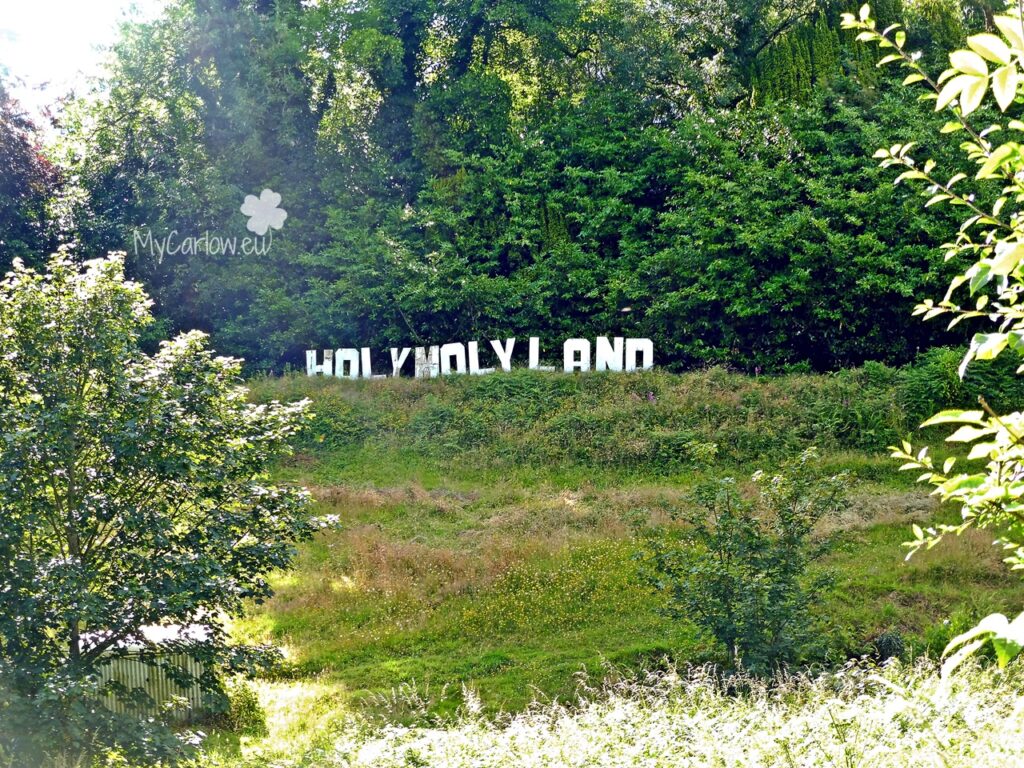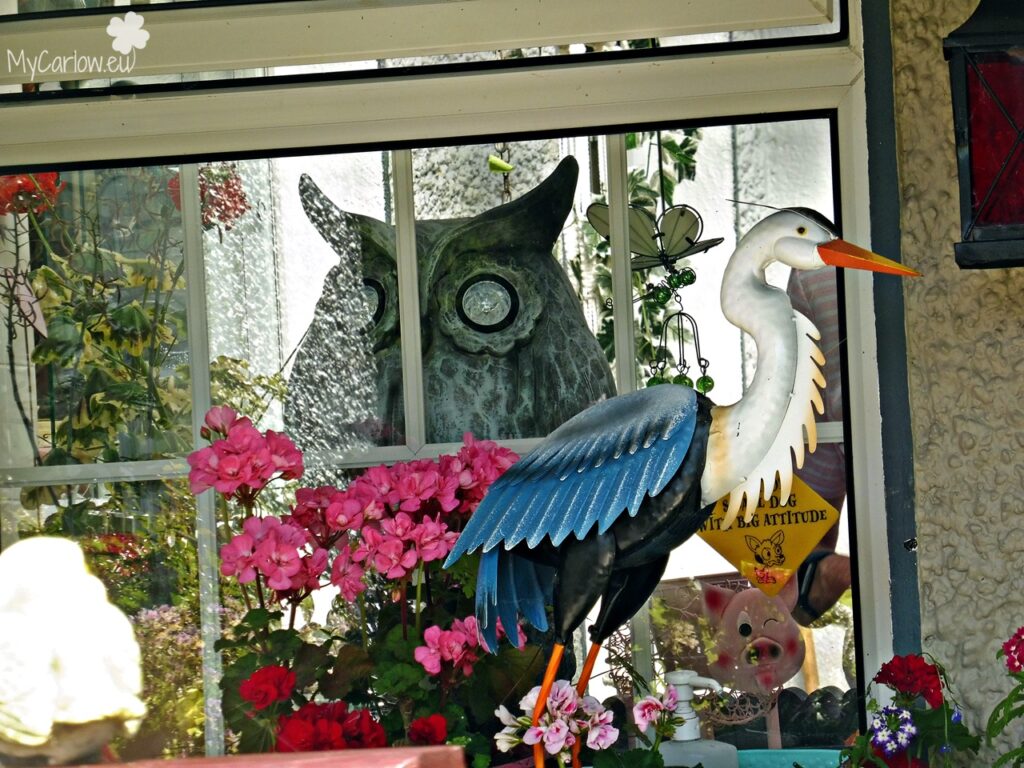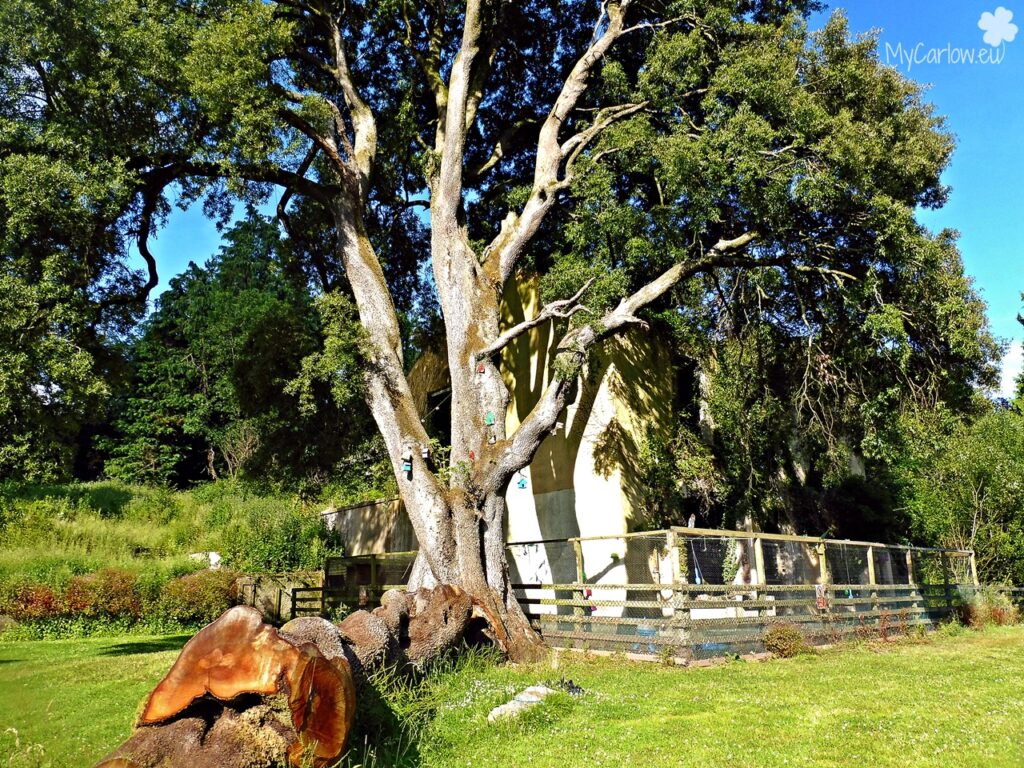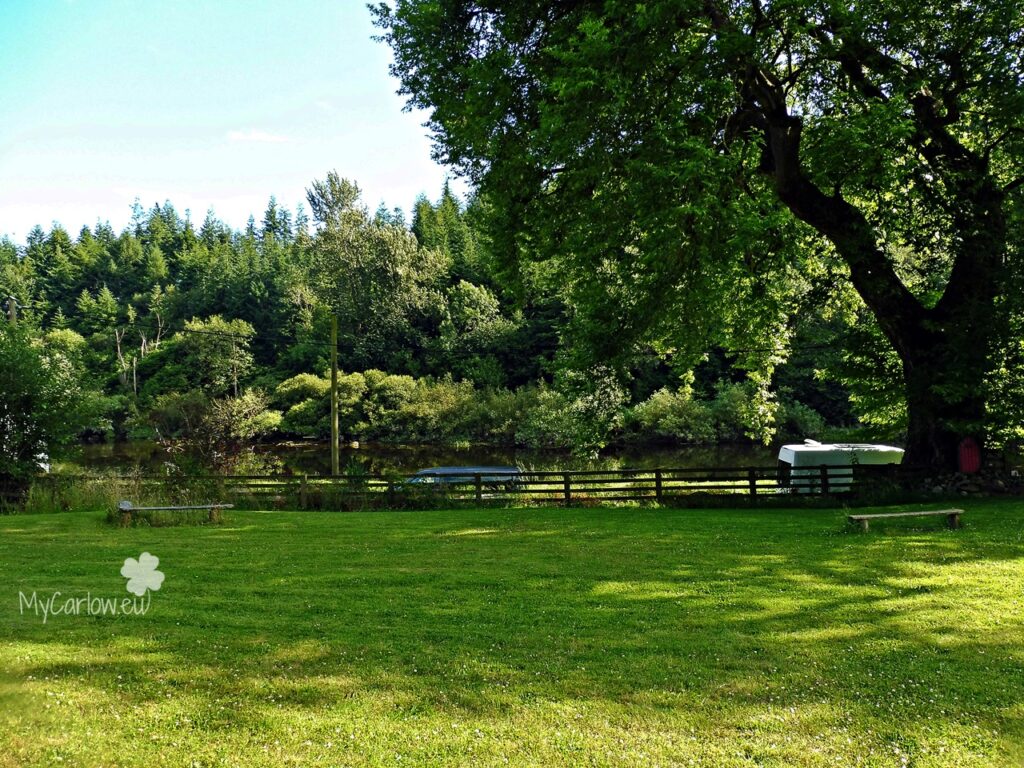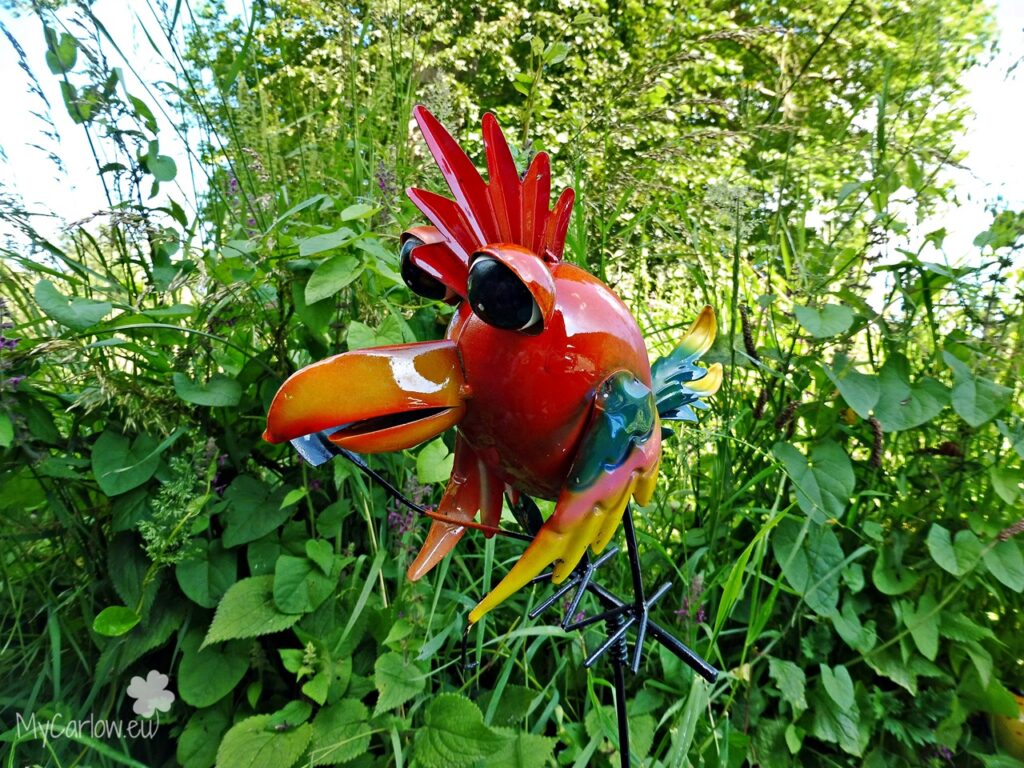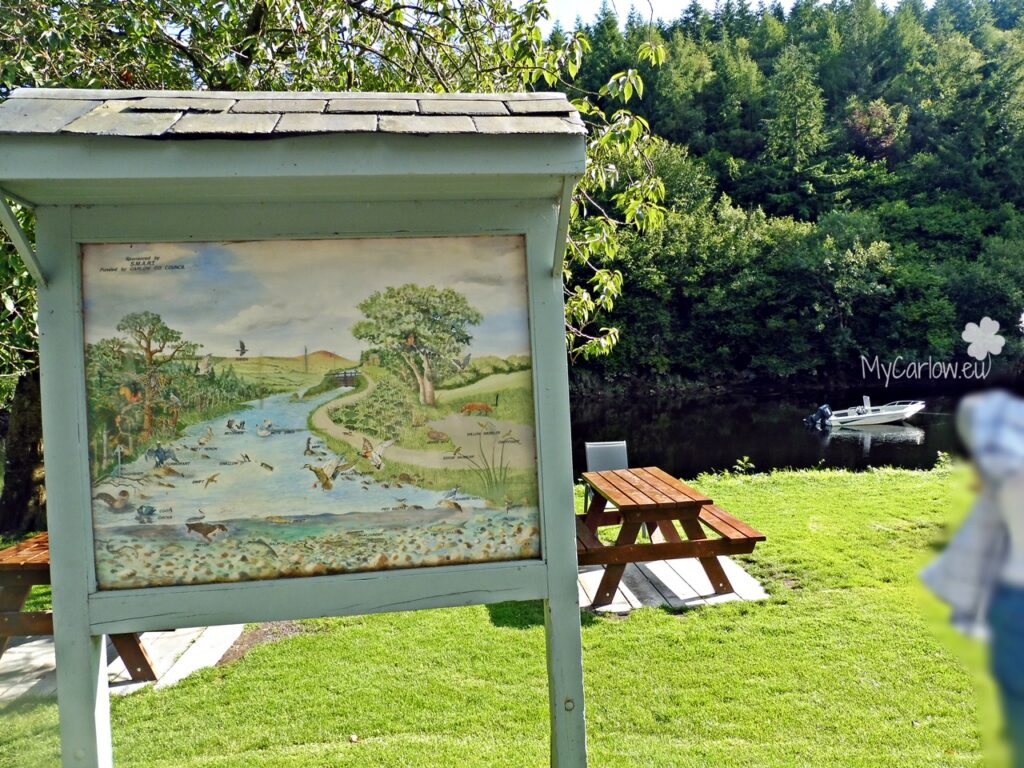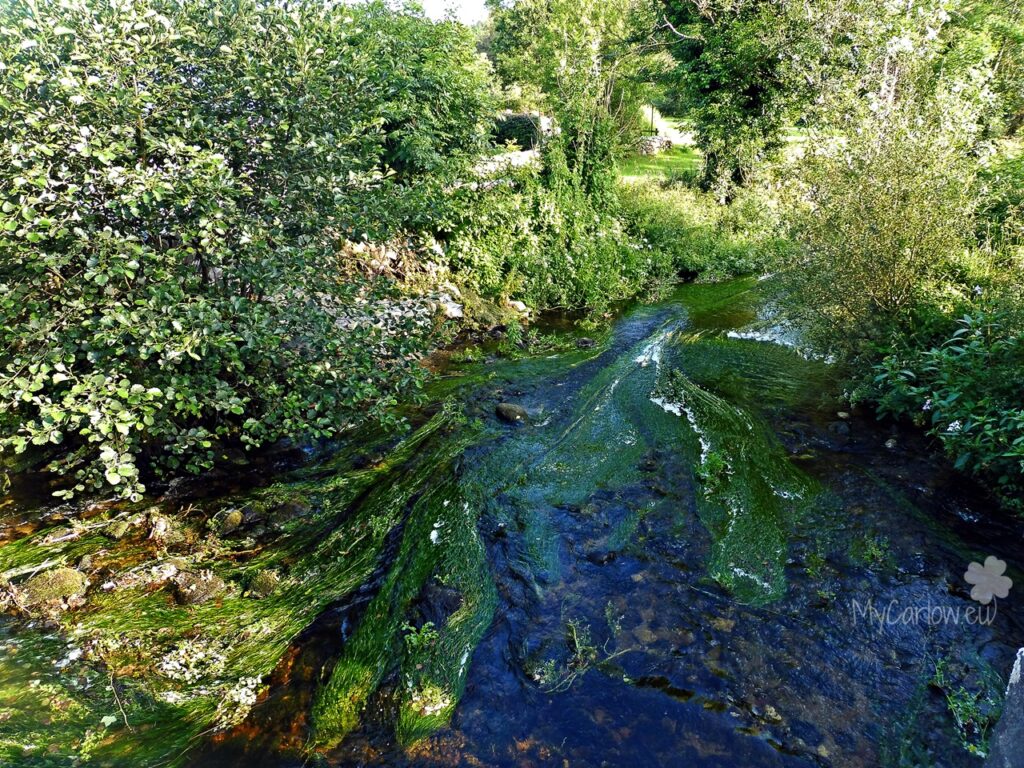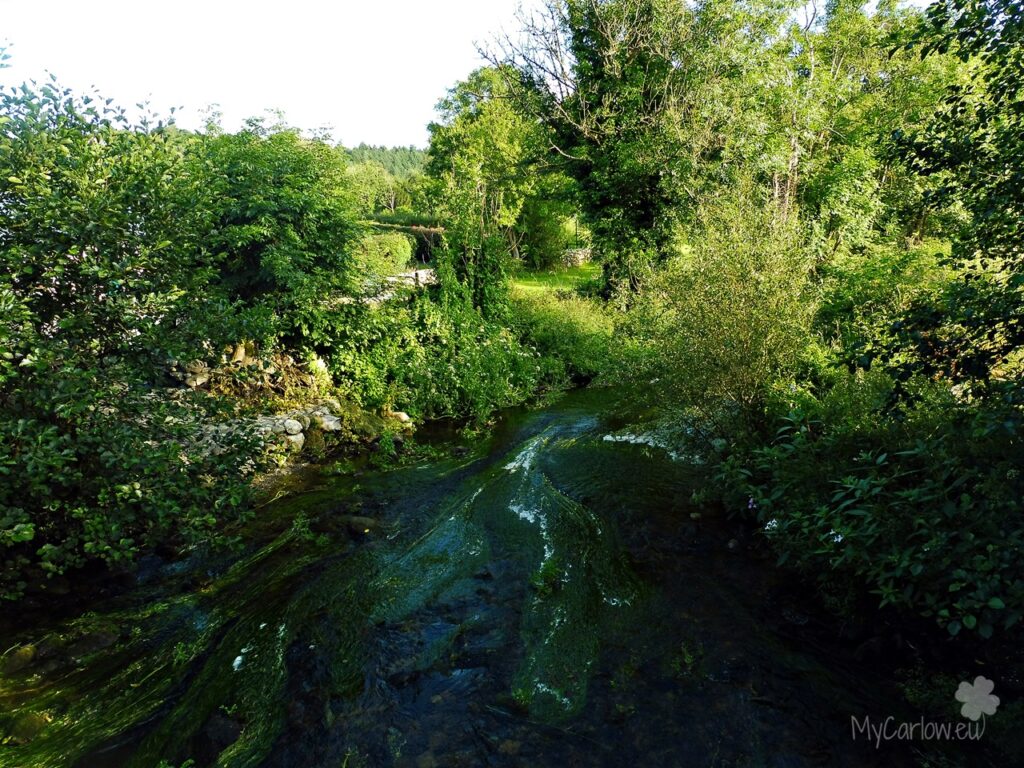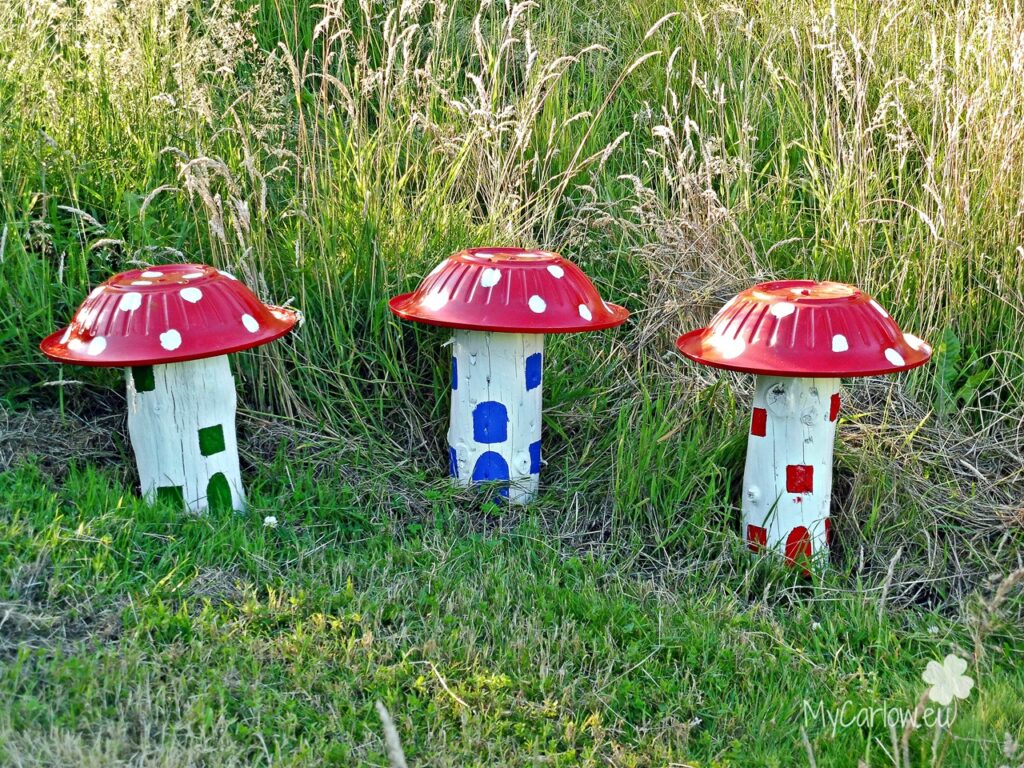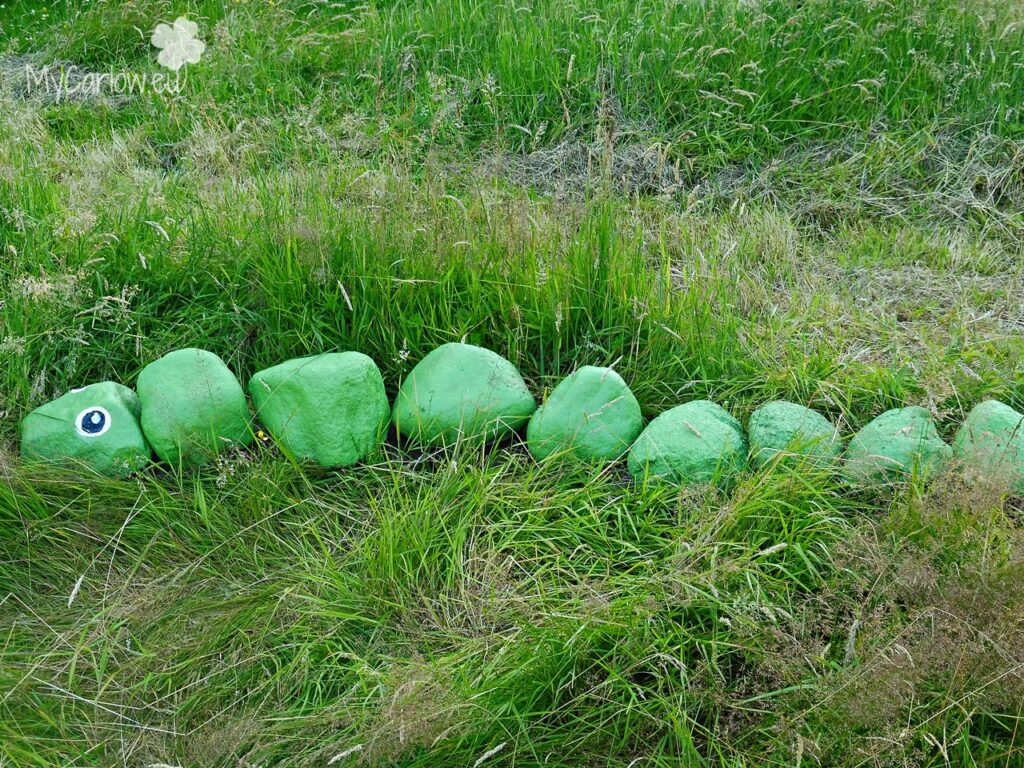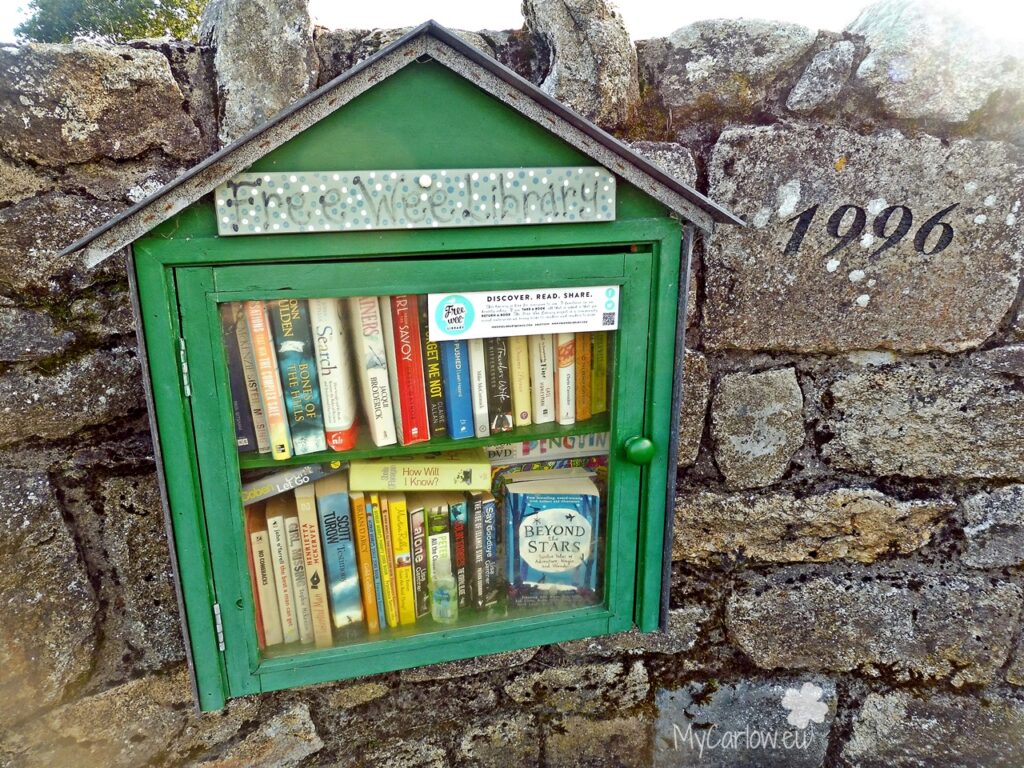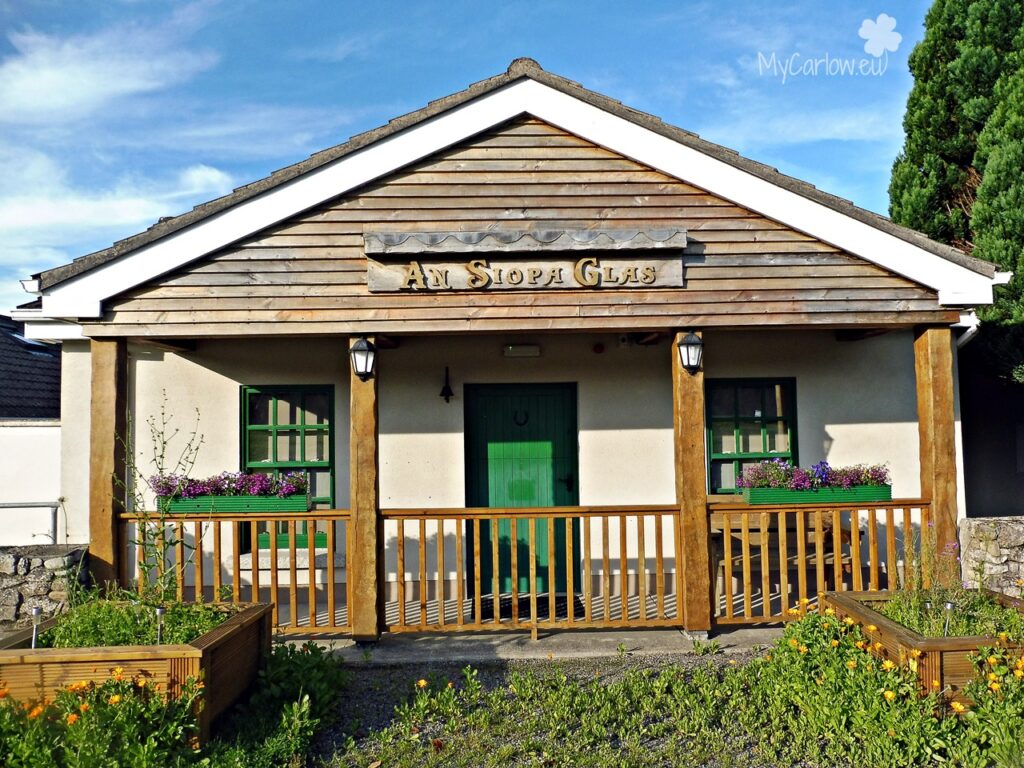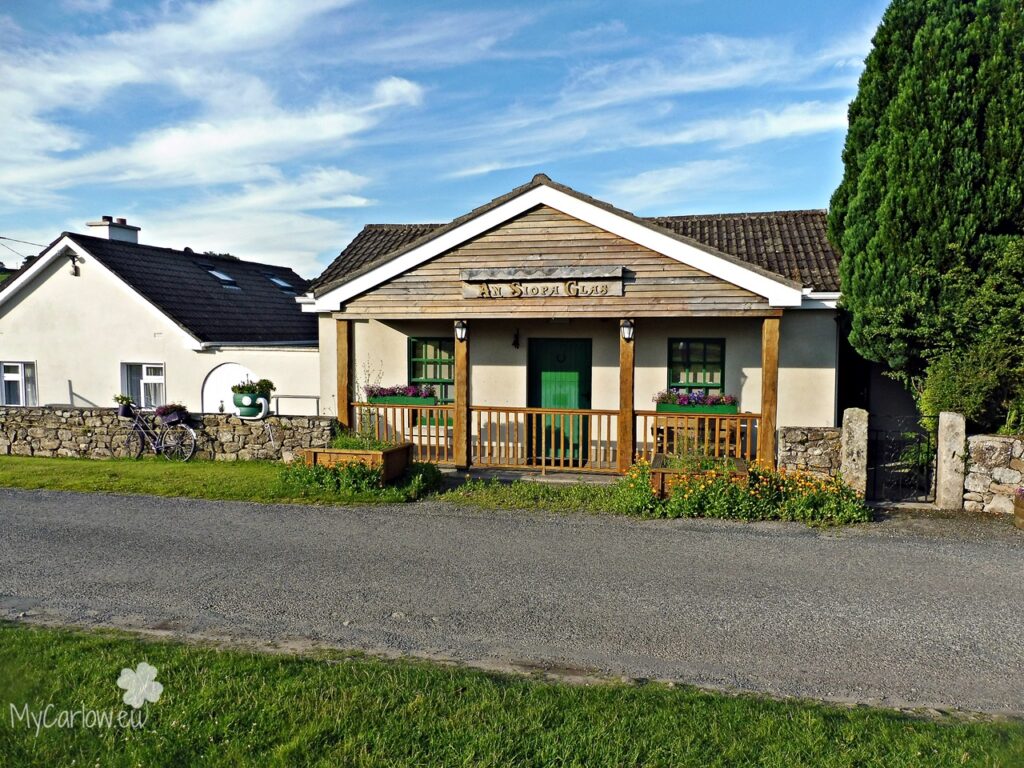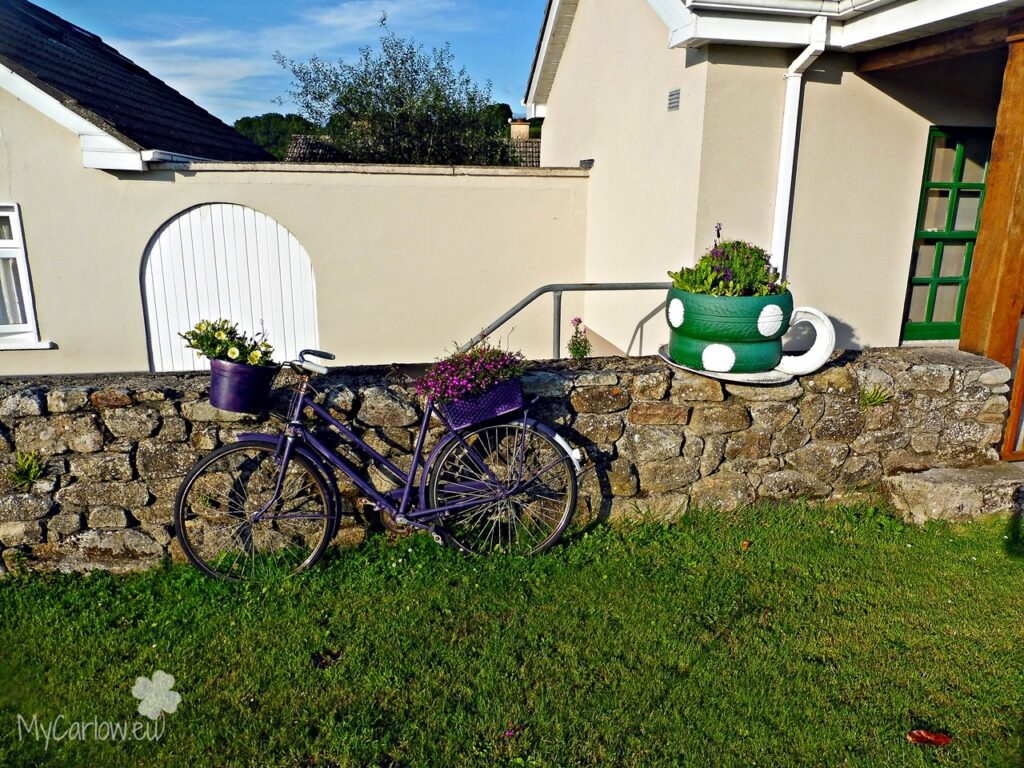
St Mullins is a scenic and charming Barrow-side village with an impressive ecclesiastical history. And it was always top of my list of Must visit places in County Carlow.
The village of St Mullins (Irish: Tigh Moling, formerly anglicized as Timoling or Tymoling – “Homestead of Moling”) is beautifully situated on the eastern bank of the River Barrow in the south of County Carlow, between the Blackstairs Mountains and Brandon Hill.
Visiting St Mullins you must see:
- St Mullin’s Monastic site – renovated Church of Ireland, ecclesiastical ruins of five churches, and round tower. “Teampall Mór”(Great Church), the place where St Moling is buried). The Churchyard contains a fascinating collection of 18th and 19th-century gravestones. The High Cross, the graves of The MacMurrough Kavanaghs former Kings of Leinster. And, the grave of the 1798 leader Gen. Thomas Clonely;
- Anglo-Norman Motte and Bailey – which is located directly beside the main entrance to St Mullin`s Monastic site;
- St Moling’s Well – which is situated to the north of the ancient Monastic site;
- Mullichain Cafe – is a perfect place to stop in for a coffee or meal while you visit St Mullin`s.
Walk along the Barrow River in St Mullins is one of the most beautiful riverside walks in the County with scenic views of Brandon Hill and the countryside.
I highly recommended walking around the village – there are lots of cottages lovely decorated.
There is much controversy about the graffiti covering both sides of the old sawmill that used to be part of the old mill. The family who bought the old mill in 1993 commissioned street artist Tinkicker of New Ross to do the graffiti. To get Carlow County Council’s attention and get some financial help. Many residents of St Mullin`s consider graffiti to disfigure and desecrate the unique beauty of the area.
St Mullins is also the starting/finishing point of the Barrow Way long-distance waymarked way.
And visitors who prefer a shorter walk can enjoy the 6 km Sli na Slainte route. Commences outside the graveyard, passes through Bahana Wood, and returns via Templenabo to the village.
The walk from Graiguenamanagh to the village of St Mullins is an easy 7km River and canal side walk along the Barrow. It is a very scenic walk offering excellent views of Brandon Hill and the countryside. Bird watching, fishing, canoeing, and kayaking are very popular here.
As well as being visited by anglers, the village is one of the stop-off points for pleasure barges and cruisers who transit the River Barrow. The building of the canal on the Barrow began here in 1750. And the Old Grain Store was built to store goods coming up the river from the sailing ships in New Ross.
Location:
Below are photos I took in July 2021.
